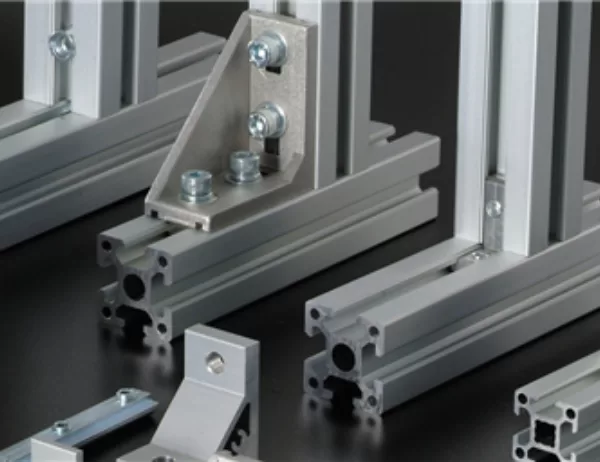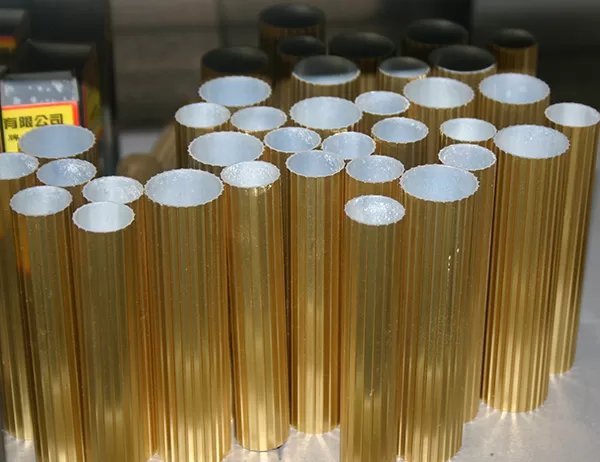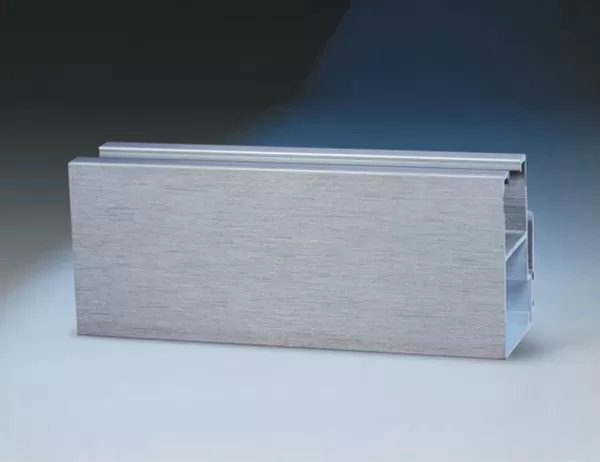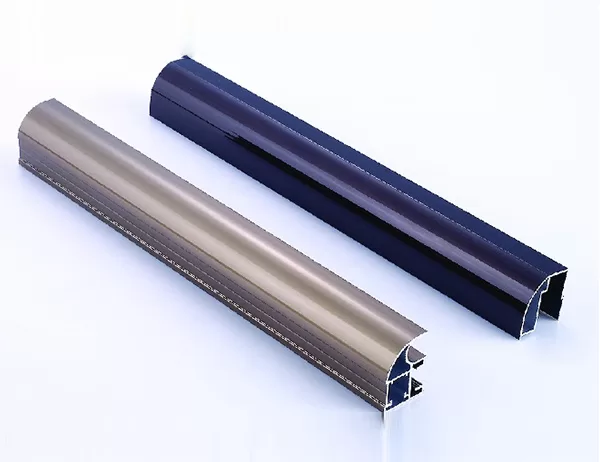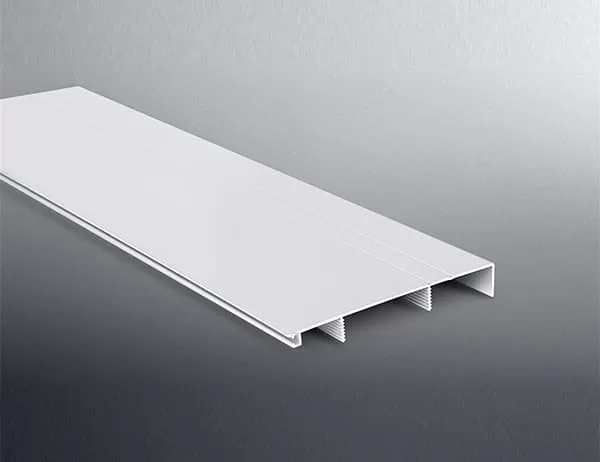Aluminum extrusions are essential components in various industries, ranging from construction to automotive. Their prevalence in countless applications has made them a highly sought-after commodity in global markets. China, Europe, and America are three significant players in the production and distribution of aluminum extrusions, each possessing unique advantages and characteristics. This article will delve into the intricacies of Chinese aluminum extrusions, contrasting them with their European and American counterparts to provide a comprehensive understanding of their similarities and differences.
Chinese manufacturers adhere to various quality standards, including the GB/T standard established by the Standardization Administration of China (SAC). This standard encompasses a wide range of specifications regarding the mechanical properties, dimensional tolerances, and surface finish of aluminum extrusions. European manufacturers typically comply with EN standards set forth by the European Committee for Standardization (CEN). These standards are known for their stringent requirements, ensuring extrusions meet high-performance and safety criteria. American manufacturers often follow ASTM standards established by the American Society for Testing and Materials (ASTM). These standards provide guidelines for material properties, testing methods, and quality control procedures.
Extrusions from Chinese manufacturers generally exhibit competitive mechanical properties compared to their European and American counterparts. They possess adequate strength, stiffness, and durability for various applications. However, European and American extrusions are often subjected to more rigorous quality control measures, resulting in higher consistency in mechanical properties. This consistency is crucial for applications where precise performance is paramount.
Dimensional tolerances refer to the allowable variations in the size and shape of extrusions. Chinese manufacturers typically offer tighter tolerances than European and American producers. This precision is essential for applications requiring precise fits and assemblies. However, European and American manufacturers have advanced capabilities in controlling dimensional tolerances, enabling them to meet the exacting demands of specialized industries such as aerospace and medical devices.
Chinese manufacturers are known for their flexibility and adaptability in meeting custom extrusion requirements. They are often willing to accommodate unique designs and specifications, enabling customers to tailor solutions to their specific needs. Moreover, Chinese manufacturers frequently offer a wide range of finishes and colors, providing customers with diverse aesthetic options. European and American manufacturers, while offering a comprehensive range of standard profiles, may have limitations in accommodating highly customized extrusions due to their focus on maintaining consistent quality and adhering to industry standards.
Chinese manufacturers have a competitive advantage in terms of cost-effectiveness. Their lower labor costs and efficient production processes enable them to offer extrusions at competitive prices. This cost advantage is particularly significant for large-volume orders and projects where price sensitivity is a major consideration. However, European and American manufacturers may offer cost-competitive options for niche products or specialized applications requiring advanced capabilities.
